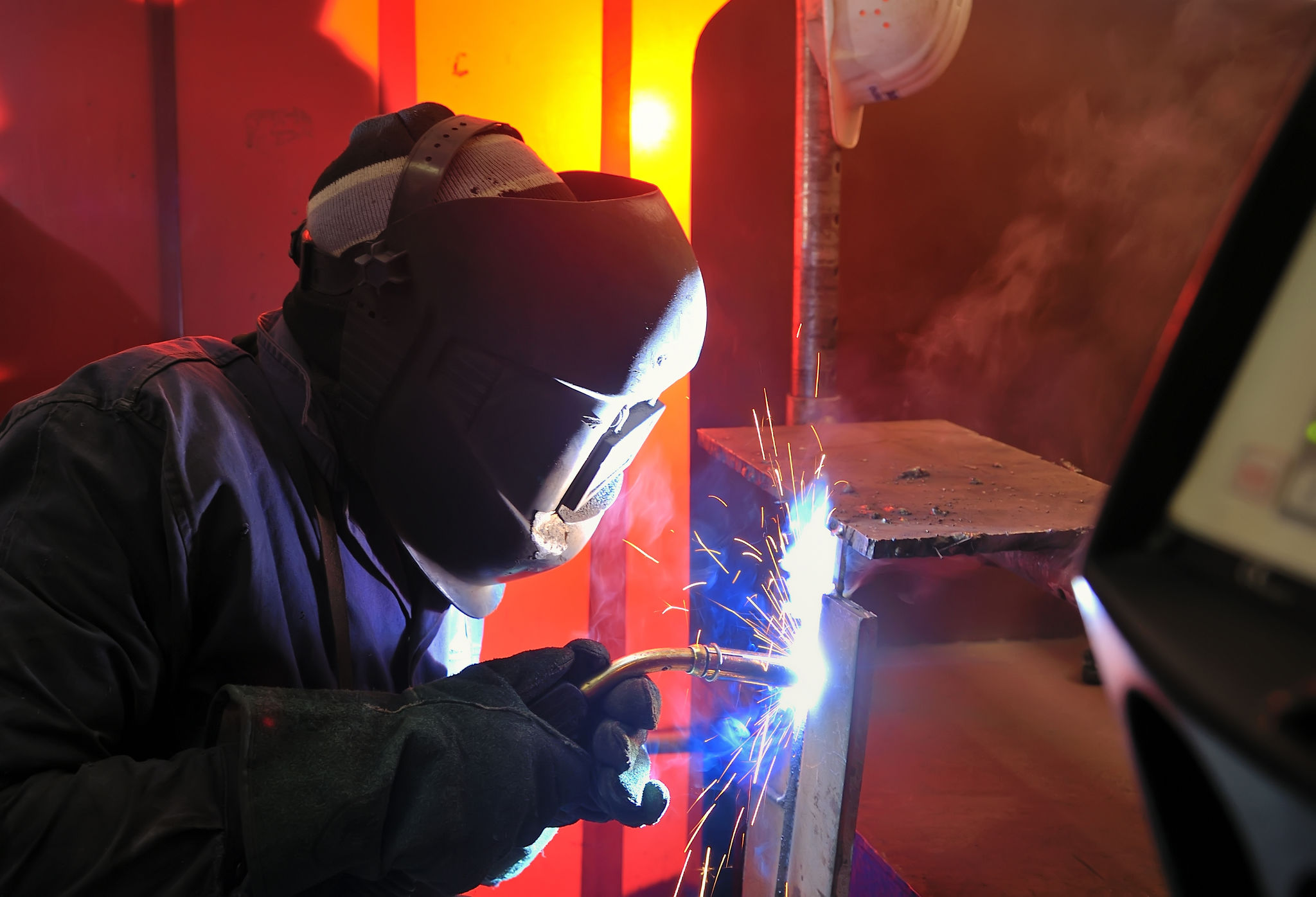Understanding the Differences: MIG and TIG Welding Explained
Introduction to Welding Processes
Welding is a crucial technique in various industries, from construction to automotive manufacturing. Among the different types of welding methods, MIG and TIG welding are two of the most popular. Understanding their differences can help you choose the right method for your specific needs. In this post, we will explore the nuances of MIG and TIG welding, highlighting their distinct characteristics and applications.

What is MIG Welding?
Definition and Process
MIG welding, or Metal Inert Gas welding, is a process that uses a continuous wire feed as an electrode to join metals. The wire is fed through a welding gun, which also supplies an inert gas to protect the weld pool from contamination. This method is known for its speed and efficiency, making it ideal for high-production environments.
Advantages of MIG Welding
MIG welding offers several benefits:
- It is relatively easy to learn, making it suitable for beginners.
- The process is fast, which increases productivity.
- MIG welding can be used on a variety of metals, including steel, aluminum, and stainless steel.

What is TIG Welding?
Definition and Process
TIG welding, or Tungsten Inert Gas welding, uses a non-consumable tungsten electrode to produce the weld. Unlike MIG welding, TIG welding requires the welder to manually feed a filler rod into the weld puddle. This process offers greater control over the weld and is often used for precision work.
Advantages of TIG Welding
TIG welding provides several advantages:
- It produces high-quality and precise welds.
- The process is versatile and can be used on thin materials.
- TIG welding is excellent for intricate work and detailed projects.

Key Differences Between MIG and TIG Welding
While both MIG and TIG welding involve joining metals, they differ significantly in terms of technique and application. The primary differences include:
- Electrode Type: MIG uses a consumable wire electrode, while TIG uses a non-consumable tungsten electrode.
- Speed: MIG welding is generally faster than TIG welding due to its continuous wire feed.
- Precision: TIG welding provides better precision and control, making it suitable for delicate tasks.
- Ease of Use: MIG welding is easier to learn and more accessible for beginners compared to TIG welding.
Choosing the Right Method for Your Project
The choice between MIG and TIG welding depends largely on the specific requirements of your project. If speed and efficiency are your primary concerns, especially for larger projects, MIG welding may be the ideal choice. However, if precision and quality are paramount, particularly for smaller or more detailed projects, TIG welding might be more suitable.

Conclusion
Understanding the differences between MIG and TIG welding is essential for selecting the appropriate method for your work. Each technique offers unique advantages and is suited to different types of projects. By considering factors such as speed, precision, and ease of use, you can make an informed decision that aligns with your welding needs. Whether you're a beginner or an experienced welder, mastering these techniques can significantly enhance your craftsmanship and productivity.
